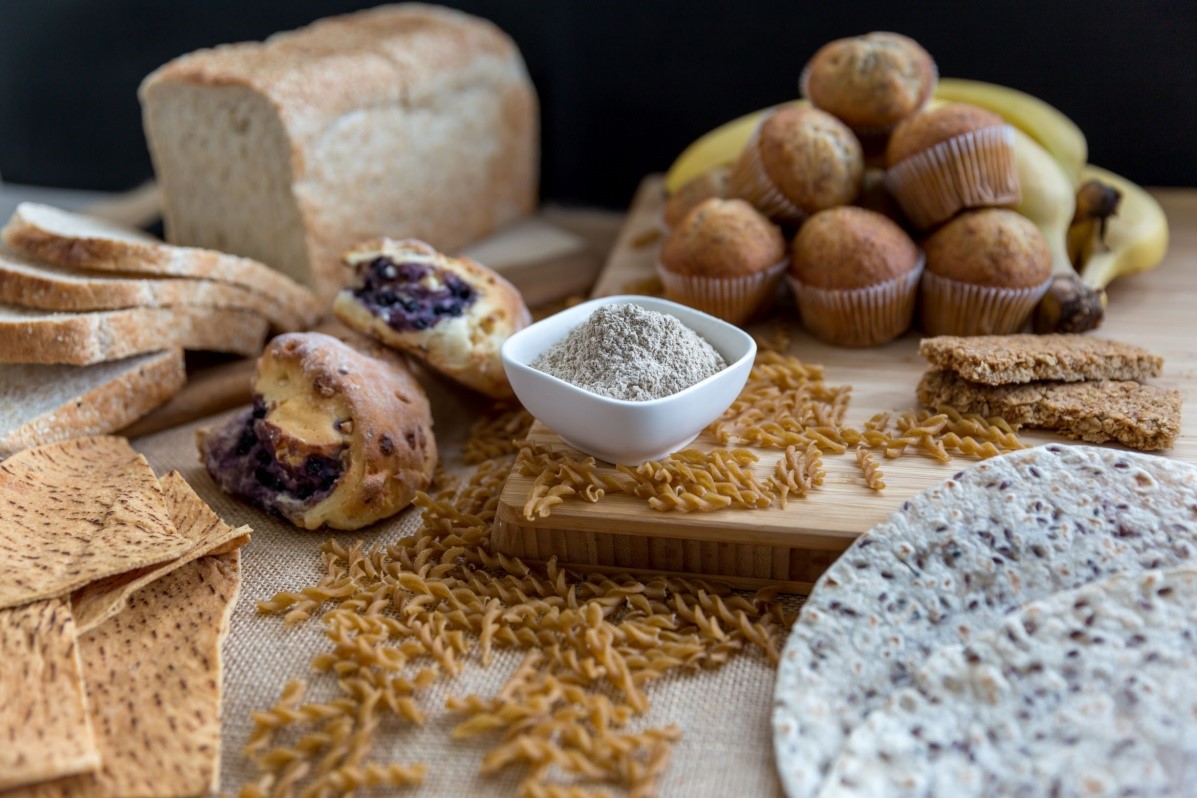Let Them Eat Bread
“Let them eat cake” is the most famous quote attributed to Marie Antoinette, the queen of France during the French Revolution. As the story goes, it was the queen’s response upon being told that her starving peasant subjects had no bread. Because cake is more expensive than bread, the anecdote has been cited as an example of Marie-Antoinette’s obliviousness to the conditions and daily lives of ordinary people. We can’t prove if Queen Marie Antoinette really said that centuries ago, anyway today the question is similar.
It is becoming more and more apparent that fibre is probably the most critical macro-nutritional gap in the world. As a result, customers and manufacturers are looking for products with increased levels of dietary fibre to deliver commercial benefits and health outcomes. It has been proven that increasing the intake of dietary fibre by individuals, in conjunction with a healthy lifestyle, will help reduce the incidences of diseases such as diabetes, obesity and some cancers, so how can we increase the fibre in our diet without upsetting the body’s natural balance?
Breads and baked products are a staple of many diets across the Globe. In the recent years, an upward trend in bakery products with increased nutritional value, such as fibre-enriched products, has been observed. Examples of baked goods that can benefit from the addition of fibre are as far reaching as pizza and bread to chapatis and parathra. As a major component of so many diets, a small increase in fibre across a range of bread products could deliver a significant health benefits and easily deliver and extra 5 – 10g of fibre into the diet.
In addition there is a burgeoning interest in healthy diets to try and address GI concerns. Two prime examples of are the low FODMAPS diet developed by the team at Monash University Melbourne, and gluten free diets. This is an area where Five10 fibre can play a significant role to deliver high fibre low FODMAP bread solutions.
Sugarcane is probably the largest crop in the World, with global production now estimated to be in excess of 1.5 trillion tons per year. Sugarcane bagasse is the main by-product generated during the processing of granular sugar, and currently has limited use in value add applications. Five10Fibre is a naturally-occurring source of dietary fibre from sugar cane. This functional food ingredient is derived from the fibre-dense parts of the sugar cane plant, using a proprietary production process. Sugar cane fibre is prized as a form of nutrient-rich, insoluble, non-fermentable fibre with a high fibre content, and the clinical work being varied out by the team at Tamu is starting to uncover just how beneficial sugar cane fibre can be.
In its natural state, it is neutral in colour and mild tasting, and it can be milled into a fine flour to suit customers’ requirements. Five10Fibre is suitable for a wide range of food and beverage applications, but is particularly well suited for high fibre bread applications where avoiding gluten and maintaining a low FODMAP product is key. It can also deliver functional benefits around shelf life extension and fat replacement of up to 50%, due to its optimal water and oil binding capabilities.
This article has been written by Dr Jonathan Middis, Tamu Group’s CTO. Dr Middis’mission is “to save the World, one gut at a time”.

